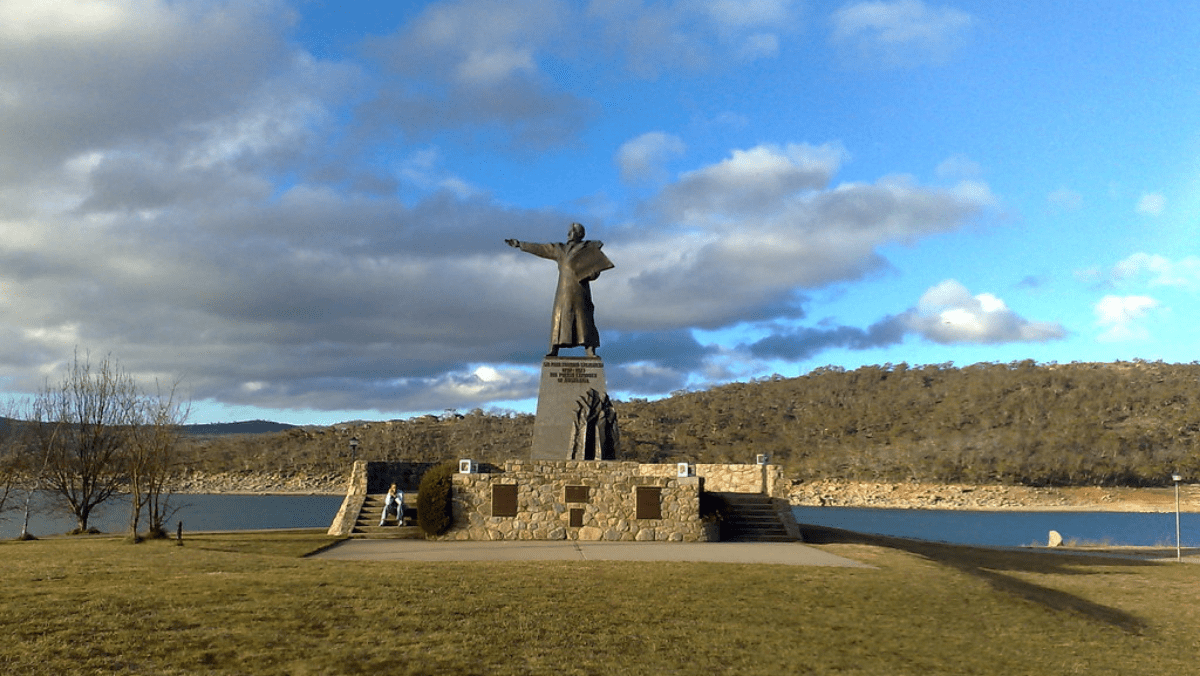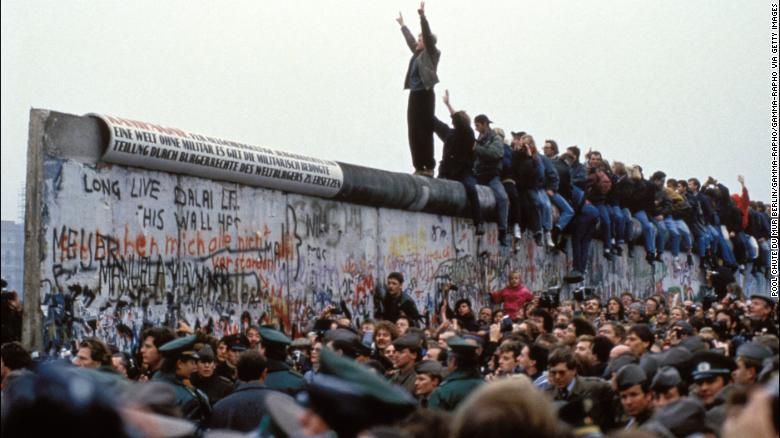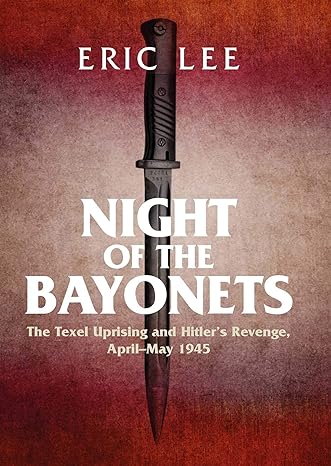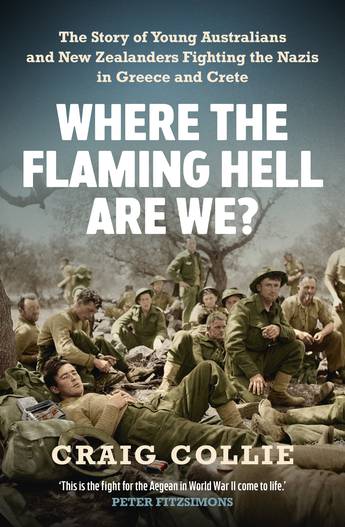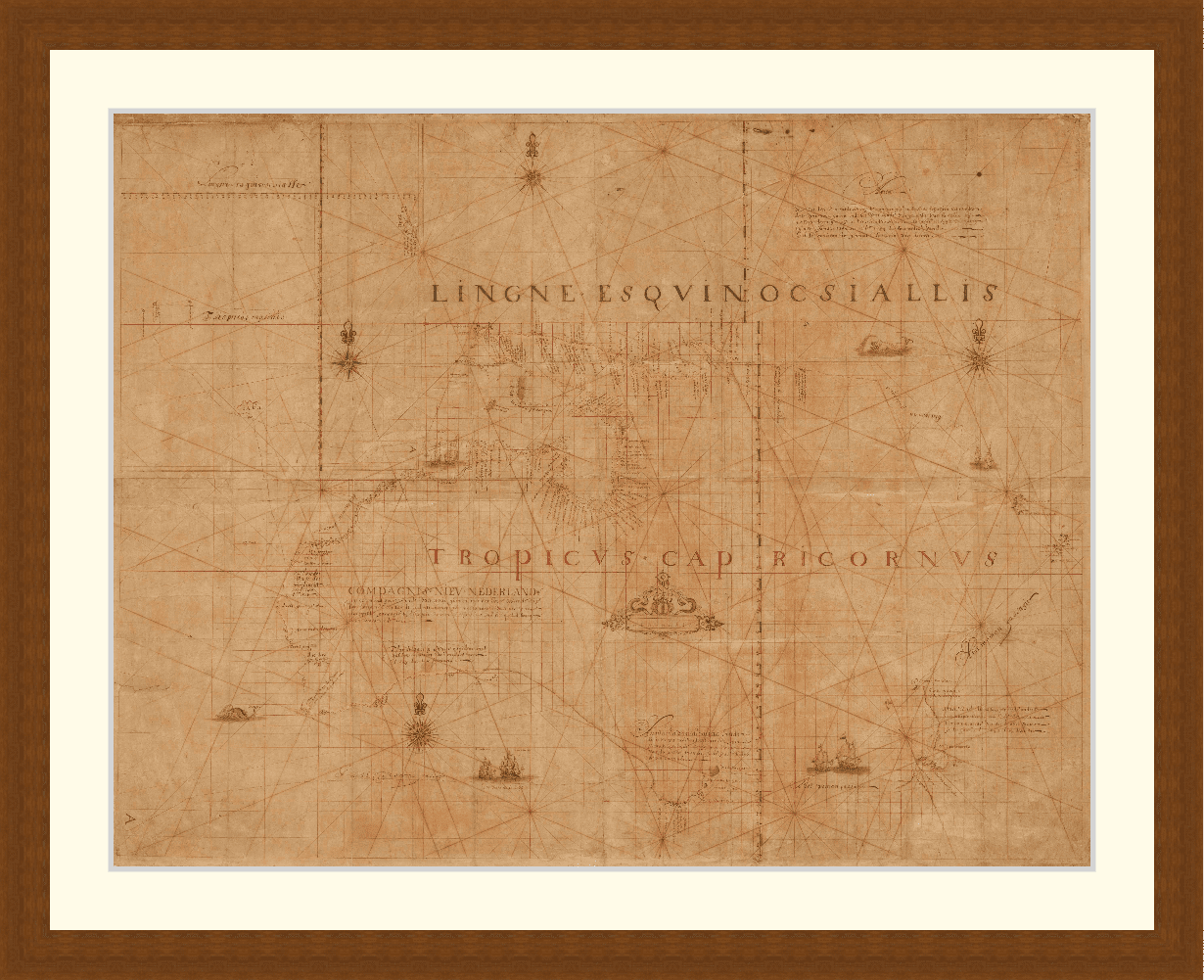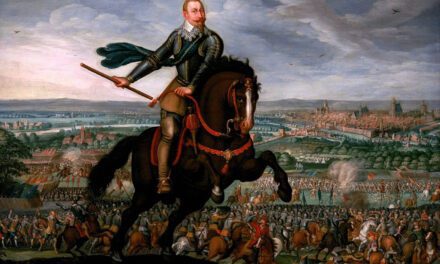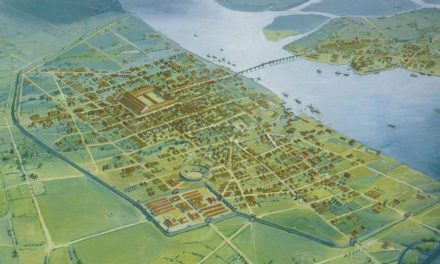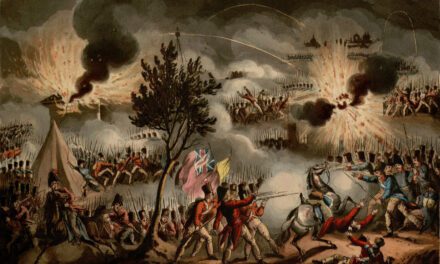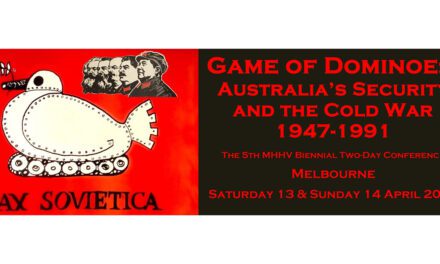The History Guild Weekly History Quiz.
See how your history knowledge stacks up.
Have an idea for a question? Suggest it here and we’ll include it in a future quiz!
Want to know a bit more about the questions in the quiz, or the story behind them? Read on!
1. Why was Julius Caesar’s crossing of the Rubicon with a legion significant?
It symbolised his entering of Roman territory under arms against the city – Julius Caesar’s crossing the Rubicon river on 10 January, 49 BC precipitated the Roman Civil War, which ultimately led to Caesar’s becoming dictator and the rise of the imperial era of Rome. Caesar had been appointed to a governorship over a region that ranged from southern Gaul to Illyricum (but not Italy). As his term of governorship ended, the Roman Senate ordered Caesar to disband his army and return to Rome. He was explicitly ordered not to take his army across the Rubicon river, which was at that time a northern boundary of Italy. In January of 49 BC, Caesar brought the 13th legion across the river, which the Roman government considered insurrection, treason, and a declaration of war on the Roman Senate.
2. The Tet Offensive was a significant event in which conflict?
Vietnam War – In 1968 Hanoi launched the Tet offensive in the belief that it would trigger a popular uprising leading to the collapse of the South Vietnamese government. Although the initial attacks stunned the allies, causing them to lose control of several cities temporarily, they quickly regrouped, beat back the attacks, and inflicted heavy casualties on North Vietnamese and Viet Cong forces. The popular uprising anticipated by Hanoi never happened. During the Battle of Huế, intense fighting lasted for a month, resulting in the destruction of the city.
3. Place the following events in order, earliest to latest:
Berlin Airlift, Construction of the Berlin Wall, Cuban Missile Crisis –
The Berlin Blockade was one of the first major international crises of the Cold War. During the multinational occupation of post–World War II Germany, the Soviet Union blocked the Western Allies’ railway, road, and canal access to the sectors of Berlin under Western control. It lasted from June 1948 to May 1949.
The Berlin Wall was constructed in 1961.
The Cuban Missile Crisis took place in 1962.
4. From which country did Suriname gain independence in 1975?
The Netherlands – Suriname was inhabited as early as the fourth millennium BC by various indigenous peoples, including the Arawaks, Caribs, and Wayana. Europeans arrived in the 16th century, with the Dutch establishing control over much of the country’s current territory by the late 17th century. During the Dutch colonial period, Suriname was a lucrative source of sugar, its plantation economy driven by African slave labour and, after abolition of slavery in 1863, indentured servants from Asia. It became independent in 1975, and is the smallest country in South America.
5. Which of these became a state of the USA most recently?
Hawaii – In 1898 the USA annexed Hawaii as a US territory. It was made the 50th state of the USA in 1959 by President Eisenhower.
6. Which ship is this?
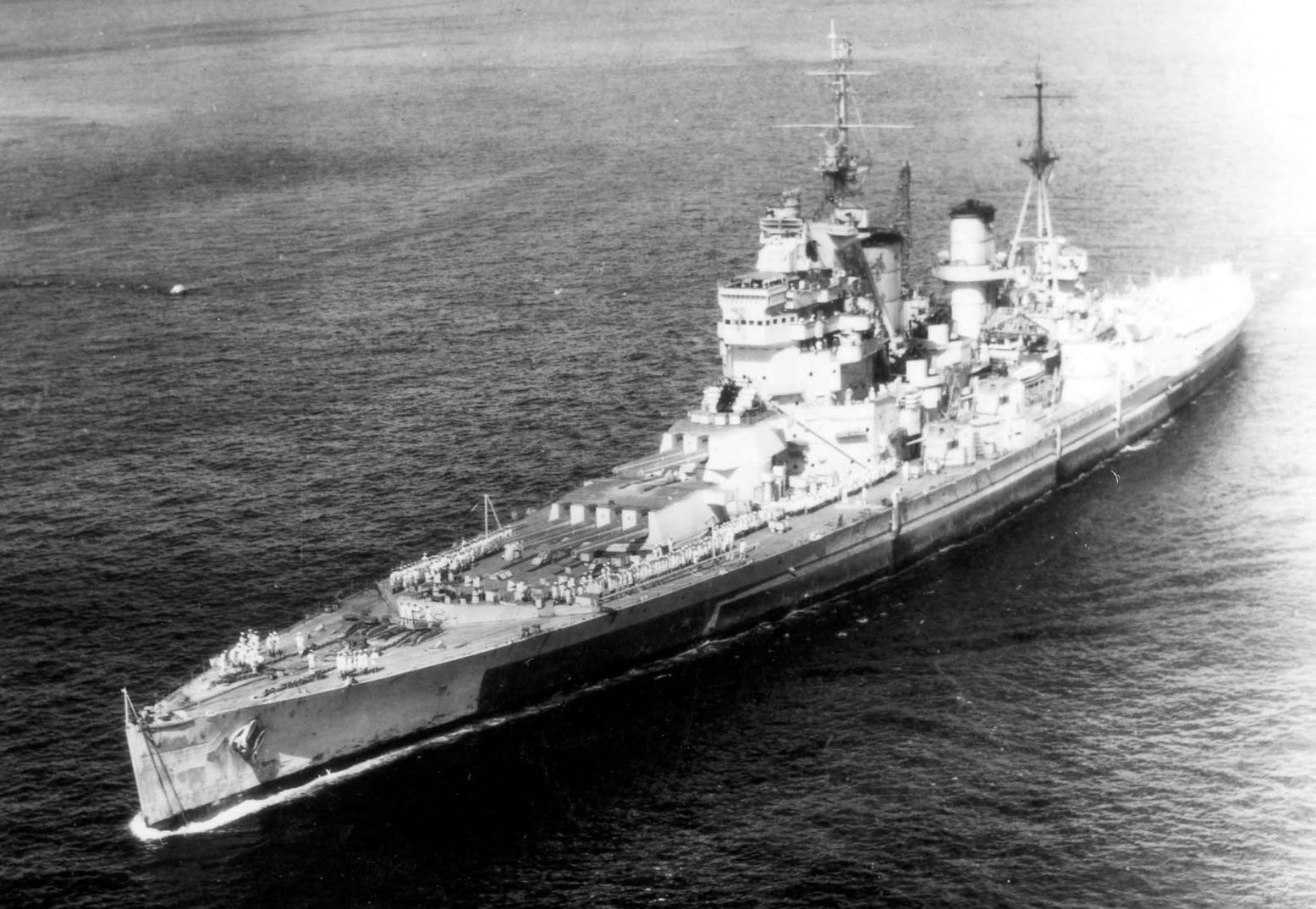
HMS Prince of Wales – She was completed in 1941, first seeing battle against the Bismarck in the Battle of the Denmark Straight. Her experimental 4 gun main turrets were still being tested and gave her significant problems during the battle. She was then sent to the Far East, where along with the Battlecruiser Repulse she had the ignominious honour of being the first capital ships to be sunk solely by aircraft while on the open sea.
7. Who was Britain’s first Prime Minister?
Robert Walpole – Robert Walpole, 1st Earl of Orford, was a British statesman and Whig politician who is generally regarded as the first prime minister of Great Britain. Although the exact dates of Walpole’s dominance, are a matter of scholarly debate, the period 1721–1742 is generally accepted.
8. Which of these was invented first?
Rocket motor – First used by Feng Zhisheng in 969 in China.
9. What were the Phoenicians best known for?
Maritime trade, especially their use of the bireme – Phoenicia was an ancient Semitic-speaking civilization that originated in the Levant region of the eastern Mediterranean, primarily located in modern Lebanon. It was concentrated along the coast of Lebanon and included some coastal areas of modern Syria and Galilee. At its height between 1100 and 200 BCE, Phoenician civilization spread across the Mediterranean, from the Levant to the Iberian Peninsula.
10. The discovery of the ancient sites of Harrapan and Mohenjo-daro was important because It demonstrated which of the following?
It revealed a third, urbanized Bronze Age civilization (alongside Mesopotamia and Ancient Egypt) – Built around 2500 BCE, these were some of the largest settlements of the ancient Indus Valley Civilisation. At its height, the Indus Civilization spanned much of what is now Pakistan and North India, extending westwards to the Iranian border, south to Gujarat in India and northwards to an outpost in Bactria, with major urban centers at Harappa, Mohenjo-daro, Lothal, Kalibangan, Dholavira and Rakhigarhi. Mohenjo-daro was the most advanced city of its time, with remarkably sophisticated civil engineering and urban planning. When the Indus civilization went into sudden decline around 1900 BCE, Mohenjo-daro was abandoned.
Articles you may also like

Kazakhstan: A Story of Endurance
Reading time: 7 minutes
As protests erupt across the former Soviet republic, the world watches transfixed. How did Kazakhstan come to be the country it is today?

